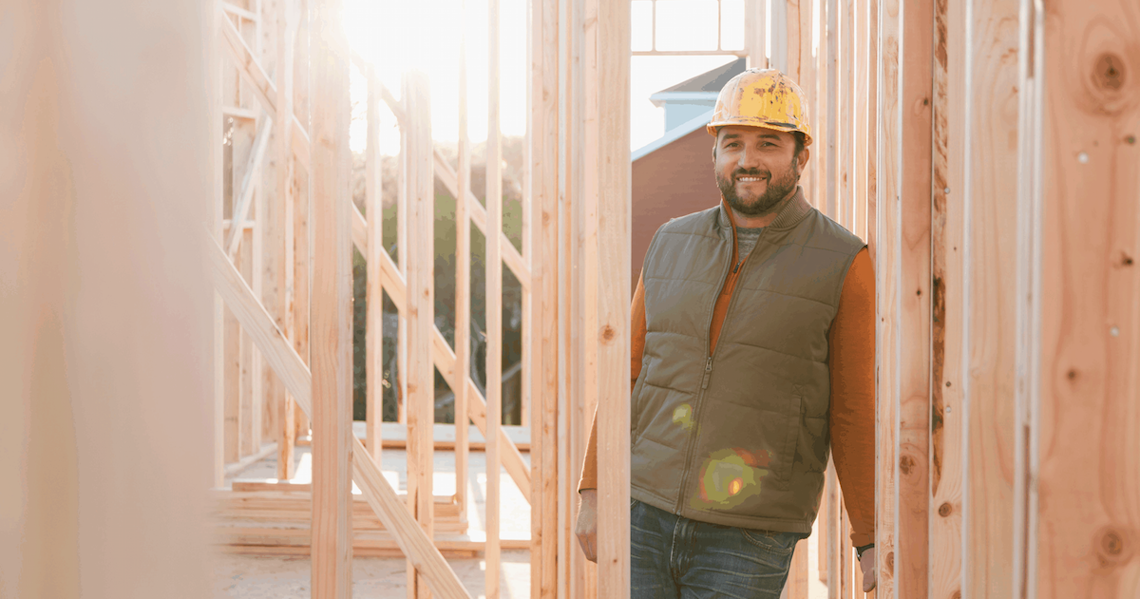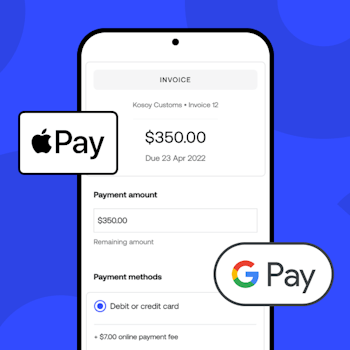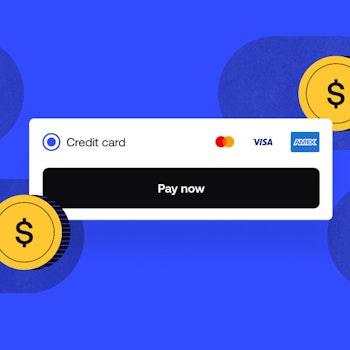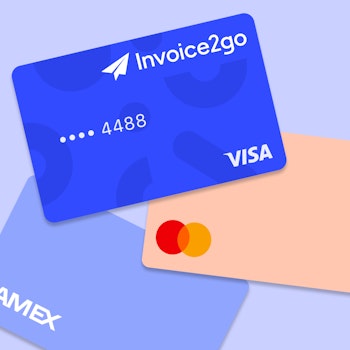
Boost your cash flow by requiring a deposit
There’s nothing worse than securing a job with a customer, investing your time and money in the project, and then running low on cash in the middle of it all. At that point, it’s too late to ask your customer for money, and you’re left scrambling to come up with the capital you need to complete the job.
The good news is there’s a way to avoid this situation altogether. By asking for an upfront deposit, you’ll set the stage for a successful project right from the start. Most business owners know how deposits can help formalize the commitment, and eliminate the worry of clients backing out of the project (our research shows that businesses using our deposit feature are closing 11% more jobs on average). But many don’t realize it can also improve their cash flow and help cover their out-of-pocket expenses.
Here are 3 ways requiring a deposit can improve your cash flow:
1. Automate the money coming in
To run a successful business, you need to have more money coming in than money going out. It’s that simple. Without money coming in from customers, you won’t be able to pay for materials, employees, or any other business expenses. And if you can’t pay for these things…well, let’s just say that’s a problem.
Fortunately, you can avoid cash flow issues by making estimates and deposits a necessary part of your business. Whenever you seal a deal or bid on a project, send an estimate that outlines what you’ll do and how much you’ll charge. With each estimate, ask for a deposit that covers some or all of your project expenses.
We’ve made it really simple to accept deposits with Invoice2go, a Bill.com company. Look for the “Add deposit request” on every invoice and estimate you create. Simply click it and let the deposits start rolling in. You’ll have your cash flow in order in no time.
2. Cover your out-of-pocket expenses
Not only will deposits help you manage your cash flow because you’re no longer waiting for checks to come in, they can also cover any out-of-pocket expenses you incur during the project without having to dip into your own stash.
Typically, the bigger a project is, the larger your deposit should be. One of our customers told us he landed a $25,000 project but only collected his standard $500 deposit. The money only covered the first 5 days of the project and he spent the next 3 weeks scrambling to find the cash he needed to complete this project. He’s since changed his policy and now asks for 25% of his project fee upfront and 25% halfway through. He hasn’t had to dip into his personal savings since. Plus, his customers are less hesitant to hand over money when they’re paying smaller amounts in increments.
3. Save time throughout the project
Now that you can add deposits directly on all your invoices and estimates, it’s easier for you and your customers to manage payment. It can also help you get the project up and running faster.
As soon as your customers receive their estimates, they can make their deposit payments right there and then. You’ll receive their deposits immediately and won’t waste any time reconciling payments. Once payment has been submitted, your deposit request will be marked as complete and you’ll both receive a notification for your records.
See how deposits can work for you
There are several reasons why you should always ask for a deposit, but we find these 3 are among the best when it comes to managing your cash flow. You can find a new deposit feature already available in your app—free of charge for all customers who accept online payments through Invoice2go.
Related Articles

How to accept credit card payments on Invoice2go in 3 simple steps

Accept payments online via Apple Pay and Google Pay

Must-not-miss write-offs as you wrap up 2022 year-end finances

5 ways accepting credit and debit card payments helps your business stay resilient

4 easy ways to increase cash flow today

What is Small Business Saturday and why is it important?
The features and surprising benefits of a well-designed packing slip
